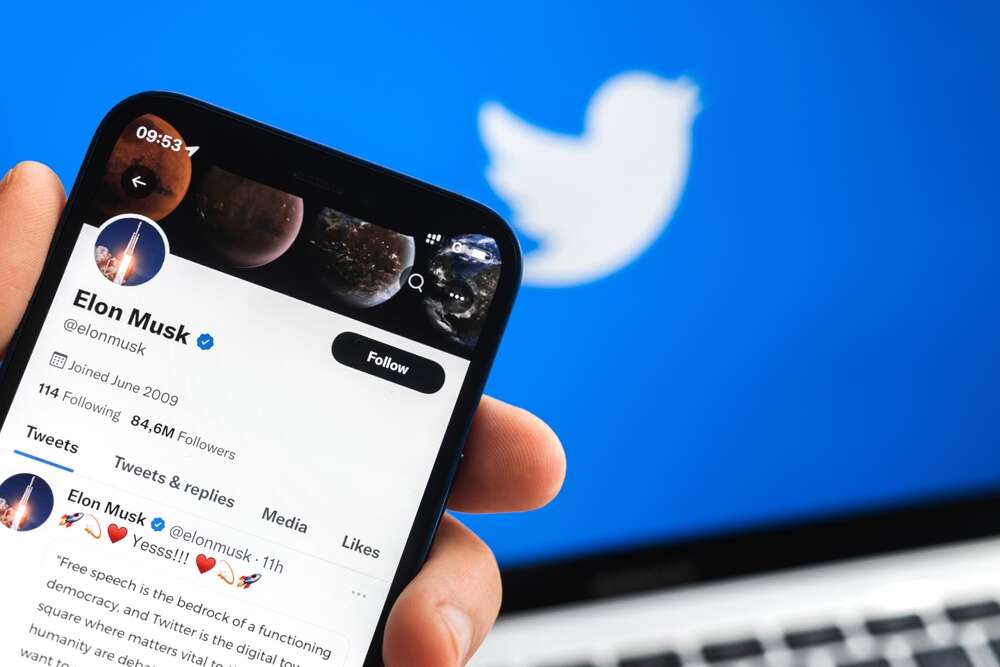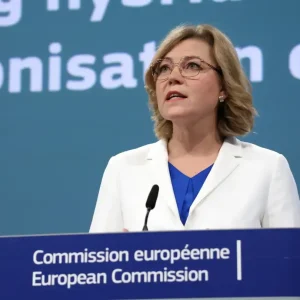
Twitter CISO Lea Kissner has become the latest senior executive to quit Twitter since billionaire Elon Musk took full control of the platform. His departure comes at the same time as Yoel Roth, Twitter’s head of trust and safety also resigned leaving a void in the security and privacy teams as Musk transitions the platform to what he says will be a new operating model.

The executive departures cap a challenging week for Musk which has seen parody accounts becoming verified under the new pay-for-verification scheme, advertisers desert the platform, and tens of thousands of users depart for Mastodon and other similar platforms.
Speaking during his first mass call with employees since taking over, Musk apparently warned that he could not rule out bankruptcy for the platform, which he purchased for $44bn. During the call, Musk is said to have told staff that Twitter was at risk of losing billions of dollars next year unless action was taken to raise revenue.
He had previously told staff in his first email that Twitter would “not survive the upcoming economic downturn” if it wasn’t able to boost subscription revenue to offset losses in advertising.
Musk’s Twitter: servicing the debt
As a result of Musk’s takeover, Twitter was left with $13bn in debt which could lead to interest payments of $1.2bn over the next year, exceeding its $1.1bn cash flow reported as of the end of June this year. Musk said in the email: “We need roughly half of our revenue to be subscription,” with the other half coming from advertising.
Losing many of the senior executives responsible for preventing misinformation, securing the platform and compliance will come as a blow to Musk in his attempt to reassure advertisers.
Roth was one of the two executives he planned to use to talk with advertisers and convince them to continue working with the platform. The other was Robin Wheeler, Twitter client solutions lead who had initially announced her resignation but is said to have been convinced to stay by Musk.
Chipotle and General Motors are among the advertisers to have paused spending on Twitter while they investigate the direction of the platform and concerns over content moderation.
US regulator paying close attention to Twitter’s future
Chief privacy officer Damien Kieran and chief compliance officer Marianne Fogarty are also said to have resigned, according to messages on Twitter’s Slack group seen by Reuters.
These resignations put Twitter on the radar of the US regulator the Federal Trade Commission (FTC) which says it is watching with “deep concern” as it could lead to Twitter violating regulatory orders.
According to Reuters, Musk’s attorney Alex Spiro emailed Twitter employees to reassure them that only the platform, not individuals could be held liable if they are not in compliance with FTC obligations, but that Twitter was in ongoing discussions with the FTC.
The FTC isn’t convinced it will work out, declaring that “No CEO or company is above the law, and companies must follow our consent decrees. Our revised consent order gives us new tools to ensure compliance, and we are prepared to use them.”
Even before Musk took over Twitter was struggling with compliance, having to pay $150m to settle allegations it misused private information including phone numbers to target advertising to users. The FTC says that information was collected on the understanding it was ‘for security reasons’ only.
With the FTC watching closely and advertisers continuing to depart Musk will become more reliant on the struggling Twitter Blue to fill the funding gap – but that in itself is further making it harder to reassure advertisers and could further draw in the FTC.
The $8-a-month subscription includes giving anyone signing up a blue check mark, which has led to fake accounts becoming verified, an increase in fraud risk and more high-profile users, including Stephen Fry, deserting the platform.
At one point an account was set up pretending to be engineering giant Lockheed Martin, declaring an end to weapons sales to Saudi Arabia, Israel and the US. The name said Lockheed Martin, the logo was correct and it had been verified. It was only the low follower count and the username – LockheedMartini – that gave it away as a parody. The account has since been suspended but not before posts had been seen by multiple users.
Twitter Blue changes make it hard to verify real accounts
Jake Moore, global security advisor at ESET told Tech Monitor: “The new method of verification makes a mockery of the system and we are already seeing scammers take advantage of it. “Fraudsters can now very easily dupe people into believing they are authentic and many could fall for scams or spread misinformation very quickly.”
He said before engaging with what looks like an official account users have to check follower accounts and be very cautious. “It is now very difficult to carry out further due diligence on account holders which places a huge threat on users and what is genuine,” he added.
“Users must take active caution when using the site now and steer clear of any requests for personal information or credentials. It is also worth noting that Twitter Blue will not contact you via an email requesting payment details as this can only be carried out via the app.”






